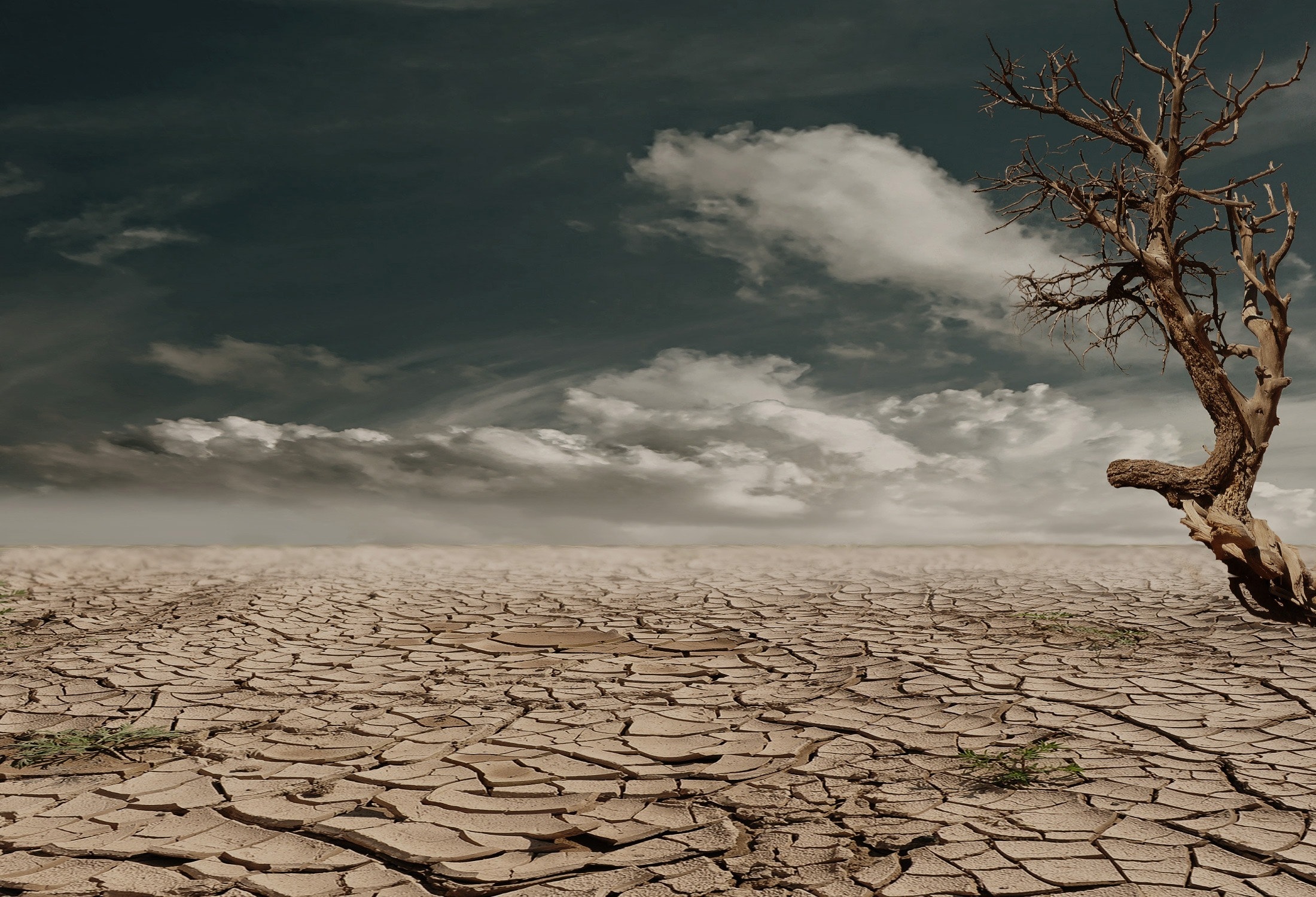Water shortages are a very real and impending risk around the world. Climate change, rapid population growth and lifestyle changes – all exacerbated by the global pandemic, means cities across the globe are facing extreme water shortages. Even for countries with higher rainfall, like the UK, drought is a very serious threat. Water companies will need to increase their efforts on improving public awareness and driving down water demand.
A global threat and challenge
In a joint report published in 2018, the UN and World bank warned that over two billion people could lack access to safe drinking water by 2030 and 700 million could be displaced by water scarcity1. Several global cities are facing severe water shortages and some have already brushed uncomfortably close to experiencing Day Zero – the dramatic term used to describe the day when the water runs out.
South Africa’s extreme water crisis was borne out of three years of drought that emptied out the dams that supply Cape Town. To avoid Day Zero, people were forced to use just 13 gallons of water a day, or face deep fines. In 2019 Chennai officials declared ‘Day Zero’, with no water for eight million people. Sao Paulo and Mexico City have all also experienced close calls and last year, following an on-going drought in New South Wales, the City of Sydney, joined 600 other local governments around the world, declaring a climate emergency.
It’s not just developed countries that are immune. According to an article published in the Guardian in June 2021, drought costs more than $6bn a year in direct impacts in the US, and about €9bn (£7.7bn) in the EU. And according to the GAR Special Report on Drought published by the UN this year, the true cost may be much higher.
Despite higher levels of rainfall, the UK is also experiencing its own water supply challenges. Parts of the country face a significant risk from drought. In its 2017 climate change risk assessment, the Committee on Climate Change highlighted shortages in water supply as one of five priority climate change risks that needed stronger policies and urgent action. Research commissioned by the Committee estimated the demand for water in England will exceed supply by between 1.1 billion and 3.1 billion litres per day by the 2050s, depending on the extent of climate change and population growth2.
Studies have shown that Southeast England has less water available per head than Ethiopia, Syria or Somalia. According to Thames Water, Londoners can look forward to demand for drinking water outstripping supply by somewhere between 24 million and 174 million litres every day with the gap widening to 263MI/d by 2024/25 and up to 773MI/d by the end of the century3.
It is predicted that over the next few decades climate change, population growth and the need for environmental protection could increase the pressure on this resource still further, and in doing so increase the likelihood of a drought event occurring in London.
Risk mitigation
Water companies are ultimately responsible for planning for and managing water supply to meet the needs of customers. Whilst that includes driving down leakage and maximizing networks, it also means planning for water shortages, Temporary Use Bans (TUBs) and Day Zero scenarios by raising public awareness about using water efficiently.
Advizzo’s customer engagement platform and services offer the ideal solution. We can deliver targeted digital messages to individual customers via their chosen channel (email or SMS), to communicate TUBs and/or other required measures, to help reduce household consumption and preserve supply.
We can then measure response/results through smart meter or District Meter Area (DMA) data, to understand the impact of our communications on demand. We can also deploy ‘behavioral demand response’ to reward customers for taking action to reduce their consumption, or incentivize them to do so, by thanking them and congratulating them on their efforts to avert a potential supply crisis.
We’re already working with a number of water companies (and energy companies) around the globe to help them reduce consumer consumption. Check out our case studies.
You can also read our interview with Nathan Richardson, Head of Policy at Waterwise, (or listen to the podcast) to discuss the UK’s Net Zero Routemap and the importance of reducing household water consumption to achieve net zero carbon emissions.
If you’d like to know more about our customer engagement solutions and services, then please don’t hesitate to get in touch. We’d love to hear from you.
Source ref
1https://www.cfr.org/event/countdown-day-zero-water-scarcity-and-security
2https://www.nao.org.uk/report/water-supply-and-demand-management/
3https://www.endsreport.com/article/1690368/countdown-day-zero-will-happen-when-london-runs-water
